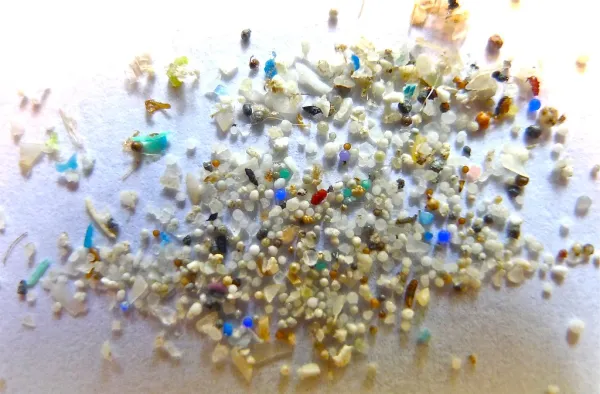Recent studies have detected a worrying increase in microplastics within the human body.
What are microplastics?
Microplastics are pieces of plastic five millimeters or less, which is about the size of a standard pencil eraser. Microplastics can come from many different sources, including larger plastic debris that have been degraded into smaller pieces, microbeads and resin pellets used for manufacturing. Microbeads are made from tiny pieces of polyethylene that are added into health and beauty products. (“What are microplastics?”)
Where do they end up?
Microplastics have been known to be found in marine organisms “…from plankton to whales, in commercial seafood, and even in drinking water. Alarmingly, standard water treatment facilities cannot remove all traces of microplastics.” (Liitschwager)
In a recent study microplastics have been found in every placenta tested, worrying researchers about the potential health risks. Microplastics have also been found in human blood and breastmilk, suggesting there may be widespread contamination in people’s bodies. (Carrington)
What are the risks?
Another study reveals that microplastics were found in all 17 human arteries tested and may be linked to the clogging of blood vessels. (Carrington) Microplastics may be linked to an increase in asthma, inflammatory bowel disease and other conditions linked to an altered immune response due to a lower exposure of pathogens. Long term effects of microplastics include digestive disorders, endocrine disruption, obesity, cardiovascular disease and neurodegenerative disorders. (Cohen and Tinsley) However, this field of research is relatively new and not much is known about the harm they may cause.
Reducing Your Consumption
Reducing your intake is an excellent way to avoid the risks associated with microplastic consumption. You can reduce your intake by saying no to single use plastics, avoiding plastic takeout containers, avoiding canned food, eating an organic diet and investing in a water filtration system.



























